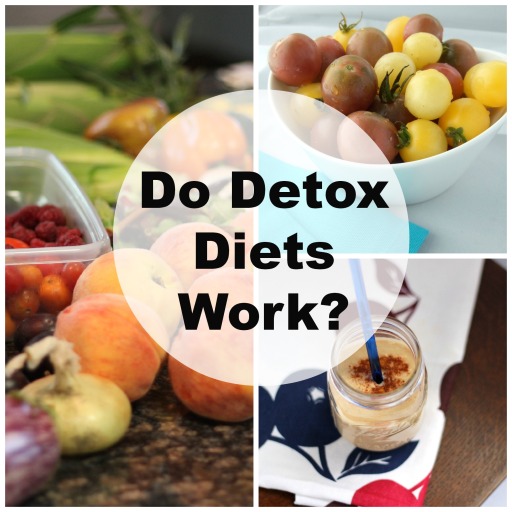With all the decadent food, holiday parties, and other festivities between Thanksgiving and Christmas, it can be difficult to make it to New Years a few added pounds. It’s no wonder that the most popular New Year’s resolution is weight loss. However, this doesn’t have to be the case! By playing it smart from Thanksgiving to January 1st, you truly can maintain your weight. These tips are sure to help you survive the holidays without adding on some extra jiggle.
1. Yes, it’s ok to indulge. Some treats like gingerbread men, pumpkin pie, fudge and more are only around for the holidays. Don’t deprive yourself – enjoy! The trick is to choose smaller portions of your seasonal favorites and eat them slowly so you can savor them. Once you’ve had your favorite dish, give away the leftover and move on.
2. Eat healthy all day long. If you know you are going to fall off the bandwagon by indulging in treats, don’t abandon ship and just eat poorly the entire season long. Make an effort to eat a healthy breakfast and incorporate at least 2-3 servings of vegetables every day.
3. Make healthy eating easy. The holidays can be a very busy time of year which means that meal prep should be simple. Take some time on the weekend to chop up all the fresh fruits and vegetables from your shopping trip to save time later in the week. You can also just switch to pre-chopped vegetables or frozen produce to make things even easier. My favorite way to prepare vegetables in the winter is to roast them with a bit of salt and olive oil. I’ll do a big batch on the weekend so I can just reheat them for dinner or toss them on salads for lunch.
4. Hide the treats, showcase the healthy eats. Think out of sight; out of mind. Keep fresh fruit on the counter and plenty of fresh cut vegetables, hummus, plain yogurt, and cheese sticks in the fridge so they are the first things you see when coming to the kitchen when you have the munchies. Since the healthier snacks are in plain sight, you may be more likely to reach for those before you dig through cabinets to find the holiday treats.
5. Make movement a priority. With the hustle and bustle of the holidays, it can be easy to let your workout routine get bumped down to the end of your to-do list. Instead, look online for short intense workouts you can do at home in the morning or make an extra lap around the store to add some walking.
6. Beware the “red cup”. Yes, I agree that the gingerbread latte and peppermint mocha from Starbucks are delicious. However, if you find yourself with red cup in hand more than once or twice a week, you may want to reconsider how you get your caffeine fix. Choose unflavored drinks or ask them to decrease the amount of syrup they add – otherwise those sugary calories add up quickly!
7. Join a healthy holiday challenge. I know I have been loving the fun activities and social media activity from Elf for Health! There are dozens of other challenges with supportive community members to help you stay healthy through the holidays. Check out this December Workout Challenge via Bess Be Fit or the Move Happy Challenge from Better with Veggies.
How do you stay healthy over the holidays?












